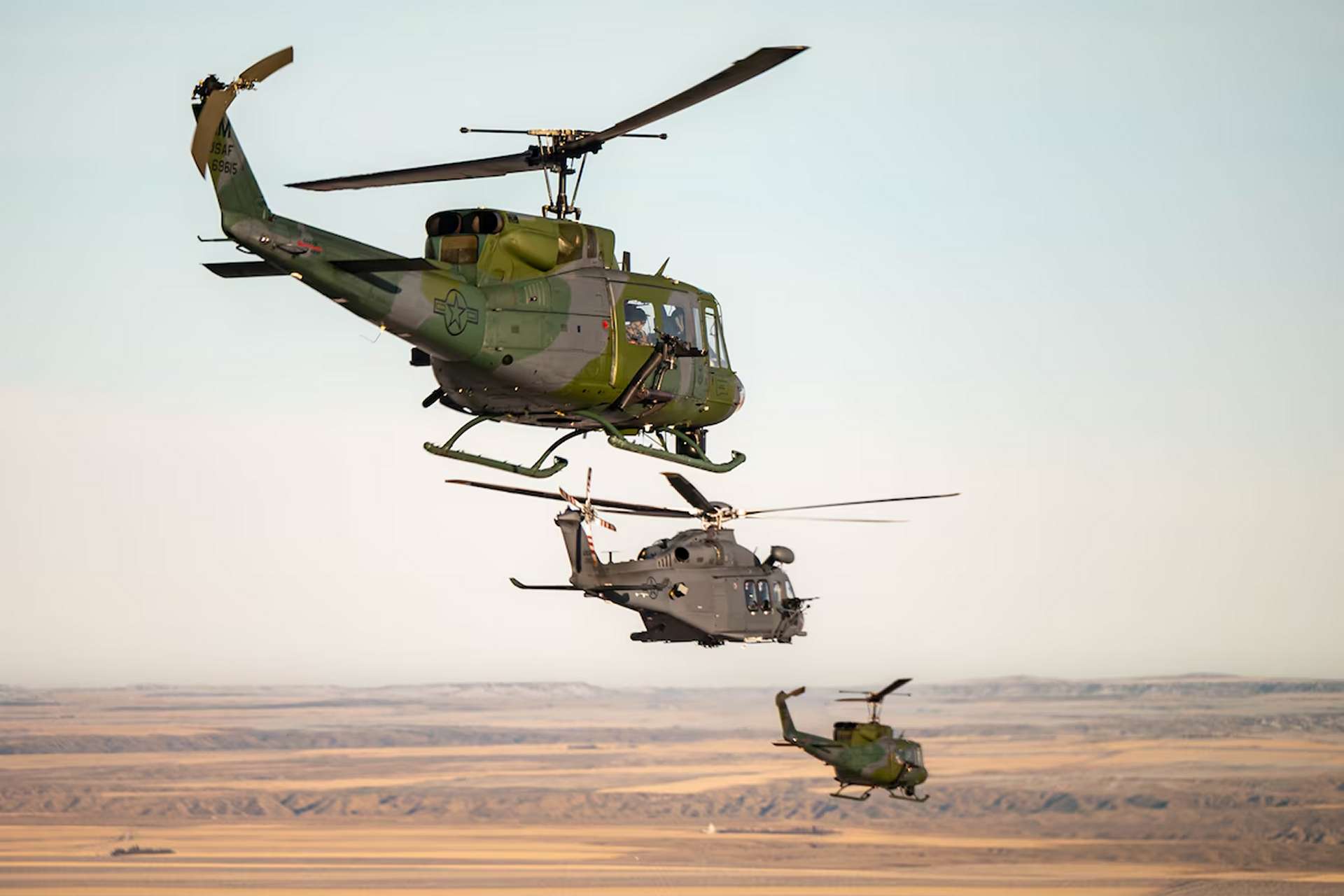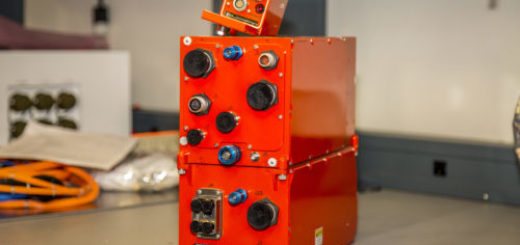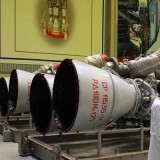US Air Force Begins Initial Operational Tests and Evaluations of MH-139A Grey Wolf Helicopter

{loadposition bannertop}
{loadposition sidebarpub}
The 550th Helicopter Squadron at Malmstrom Air Force Base in Montana has reached a crucial milestone in integrating the MH-139A Grey Wolf into the U.S. Air Force’s nuclear security operations. The squadron’s recent participation in the Initial Operational Test and Evaluation (IOT&E) phase marks a significant achievement for both the aircraft and the operational requirements of the 341st Missile Squadron.
Follow Army Recognition on Google News at this link
The IOT&E phase, which began with test flights on January 28, 2025, is designed to rigorously assess the MH-139A’s ability to operate effectively in real-world, high-stakes environments. (Picture source: US DoD)
The IOT&E phase, which began with test flights on January 28, 2025, is designed to rigorously assess the MH-139A’s ability to operate effectively in real-world, high-stakes environments. This process is mandated by Congress to confirm the operational suitability of the aircraft and its ability to replace the aging UH-1N Huey helicopters. The ultimate goal of these tests is to ensure that the Grey Wolf can accomplish a wide range of missions, including those related to U.S. Air Force nuclear security, without any degradation in its capabilities.
Three key flight tests were conducted during the week of January 27, 2025. One test focused on the MH-139A’s ability to support a convoy, a critical mission to ensure safe transport and operations in potentially hostile environments. The aircraft’s communication systems were tested, as well as its support capabilities in coordination with the convoy’s ground operations.
The other two tests were aimed at evaluating emergency response capabilities, particularly for launch facility recapture and recovery missions. These scenarios required the MH-139A to react quickly to a simulated threat, mimicking the rapid escalation of a nuclear security incident. The aircraft was assessed on its response times, its ability to get airborne quickly, and its capability to carry a full tactical response loadout, complete with its own weapons.
The MH-139A’s performance during these tests is being analyzed to determine whether it can seamlessly take over the UH-1N Huey’s nuclear security mission. This transition is crucial, as the Huey, which has served for decades in various missions, is reaching the end of its lifecycle. The IOT&E phase ensures that the MH-139A meets the mission’s performance requirements, including its ability to survive and perform effectively in demanding conditions.
Once the IOT&E phase is complete, the results will be compiled into a report that will be shared with the 550th Helicopter Squadron and the Air Force Global Strike Command (AFGSC). These results will serve as the basis for the formal transition of the nuclear security mission to the MH-139A, allowing the retirement of the UH-1N Huey from Malmstrom Air Force Base.
This transition to the MH-139A Grey Wolf is a crucial step in modernizing the U.S. Air Force’s nuclear security fleet. The enhanced capabilities of this aircraft are expected to significantly improve operational readiness, ensuring that the U.S. Air Force is equipped to protect its nuclear deterrence infrastructure for many years to come.

{loadposition bannertop}
{loadposition sidebarpub}
The 550th Helicopter Squadron at Malmstrom Air Force Base in Montana has reached a crucial milestone in integrating the MH-139A Grey Wolf into the U.S. Air Force’s nuclear security operations. The squadron’s recent participation in the Initial Operational Test and Evaluation (IOT&E) phase marks a significant achievement for both the aircraft and the operational requirements of the 341st Missile Squadron.
The IOT&E phase, which began with test flights on January 28, 2025, is designed to rigorously assess the MH-139A’s ability to operate effectively in real-world, high-stakes environments. (Picture source: US DoD)
The IOT&E phase, which began with test flights on January 28, 2025, is designed to rigorously assess the MH-139A’s ability to operate effectively in real-world, high-stakes environments. This process is mandated by Congress to confirm the operational suitability of the aircraft and its ability to replace the aging UH-1N Huey helicopters. The ultimate goal of these tests is to ensure that the Grey Wolf can accomplish a wide range of missions, including those related to U.S. Air Force nuclear security, without any degradation in its capabilities.
Three key flight tests were conducted during the week of January 27, 2025. One test focused on the MH-139A’s ability to support a convoy, a critical mission to ensure safe transport and operations in potentially hostile environments. The aircraft’s communication systems were tested, as well as its support capabilities in coordination with the convoy’s ground operations.
The other two tests were aimed at evaluating emergency response capabilities, particularly for launch facility recapture and recovery missions. These scenarios required the MH-139A to react quickly to a simulated threat, mimicking the rapid escalation of a nuclear security incident. The aircraft was assessed on its response times, its ability to get airborne quickly, and its capability to carry a full tactical response loadout, complete with its own weapons.
The MH-139A’s performance during these tests is being analyzed to determine whether it can seamlessly take over the UH-1N Huey’s nuclear security mission. This transition is crucial, as the Huey, which has served for decades in various missions, is reaching the end of its lifecycle. The IOT&E phase ensures that the MH-139A meets the mission’s performance requirements, including its ability to survive and perform effectively in demanding conditions.
Once the IOT&E phase is complete, the results will be compiled into a report that will be shared with the 550th Helicopter Squadron and the Air Force Global Strike Command (AFGSC). These results will serve as the basis for the formal transition of the nuclear security mission to the MH-139A, allowing the retirement of the UH-1N Huey from Malmstrom Air Force Base.
This transition to the MH-139A Grey Wolf is a crucial step in modernizing the U.S. Air Force’s nuclear security fleet. The enhanced capabilities of this aircraft are expected to significantly improve operational readiness, ensuring that the U.S. Air Force is equipped to protect its nuclear deterrence infrastructure for many years to come.





